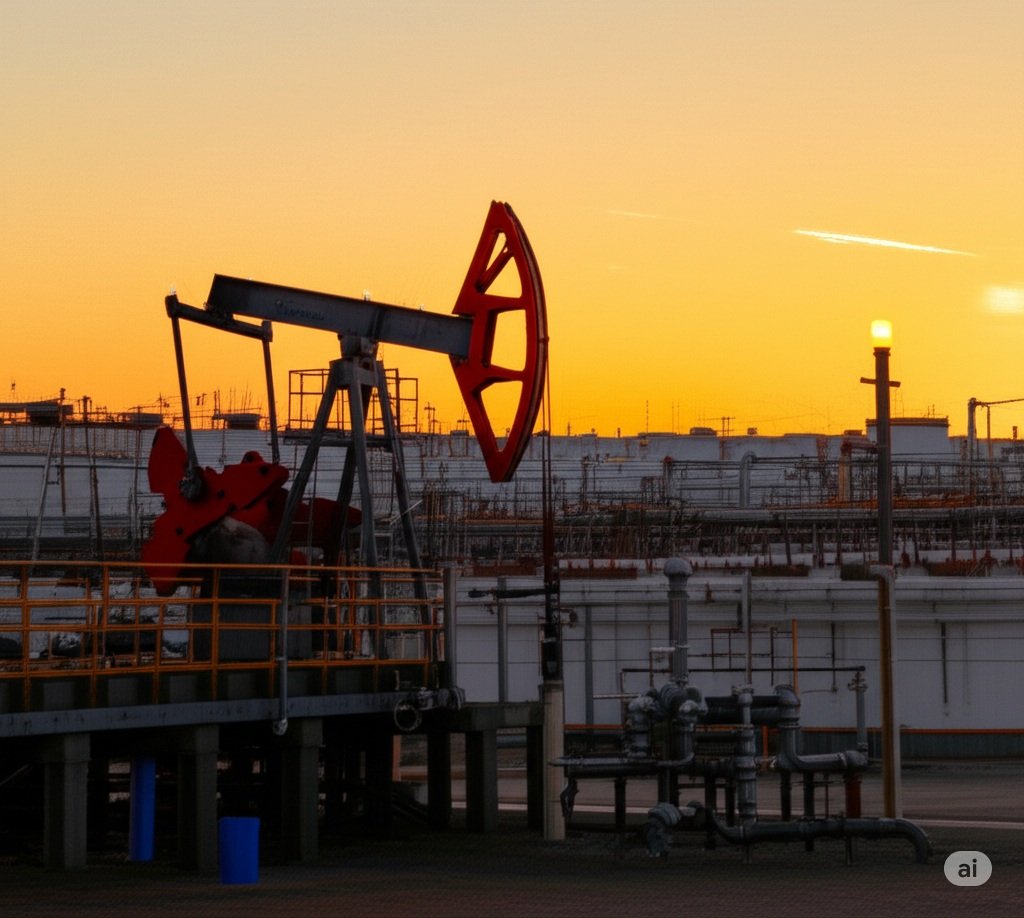Despite recent conflicts in the Middle East, oil prices have remained surprisingly stable. Discover why a shift towards a global oil surplus is keeping the market in check.
It wasn’t long ago that any hint of instability in the Middle East sent shivers down the spines of oil markets. Geopolitical flare-ups often translated directly into soaring prices at the pump, impacting everything from our daily commutes to the cost of goods. However, recent tensions between Iran and Israel have unfolded with a surprisingly muted reaction in the oil market. What’s changed? The answer lies in a fundamental shift: the world is increasingly awash in oil.
The Surplus Era
For years, the narrative around oil was often one of scarcity and potential supply disruptions. Today, the picture looks quite different. Several factors have contributed to this new era of surplus:
- Increased Production: Countries outside of the traditional OPEC+ alliance, such as the United States, have significantly ramped up their oil production. The shale revolution in the U.S. has been a game-changer, turning it into a major global producer.
- Slower Demand Growth: While global demand for oil continues to exist, the pace of growth has slowed. Factors like increased energy efficiency, the rise of electric vehicles, and a greater focus on renewable energy sources are all playing a role in tempering demand.
- Geopolitical Realities: Even with ongoing conflicts, the major oil-producing nations have generally maintained their output levels. There seems to be a reluctance to drastically reduce supply, especially in a market that is already well-supplied.
What This Means for You
For American consumers, this shift towards a global oil surplus offers a degree of stability at the gas pump that might have seemed unimaginable just a few years ago. While regional conflicts are always a cause for concern, the impact on your wallet might be less dramatic than in the past.
- More Stable Gas Prices: The increased supply cushion helps to absorb potential shocks from geopolitical events, leading to less volatility in gasoline prices.
- Reduced Economic Impact: Lower and more stable energy prices can have a positive ripple effect on the overall economy, helping to keep inflation in check and reducing costs for businesses.
The New Normal?
While unforeseen events can always roil the markets, the underlying trend of increasing supply and moderating demand suggests that the era of extreme oil price volatility driven by Middle East tensions might be behind us, at least for now. This new reality offers a sense of relief for consumers and businesses alike in the United States, providing a more predictable energy landscape. However, it’s crucial to remember that the global energy market is complex and subject to change, so vigilance and adaptation remain key.











